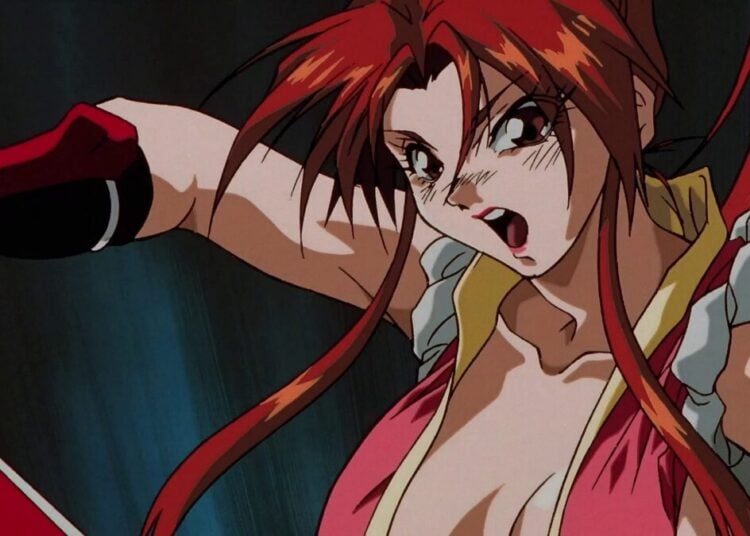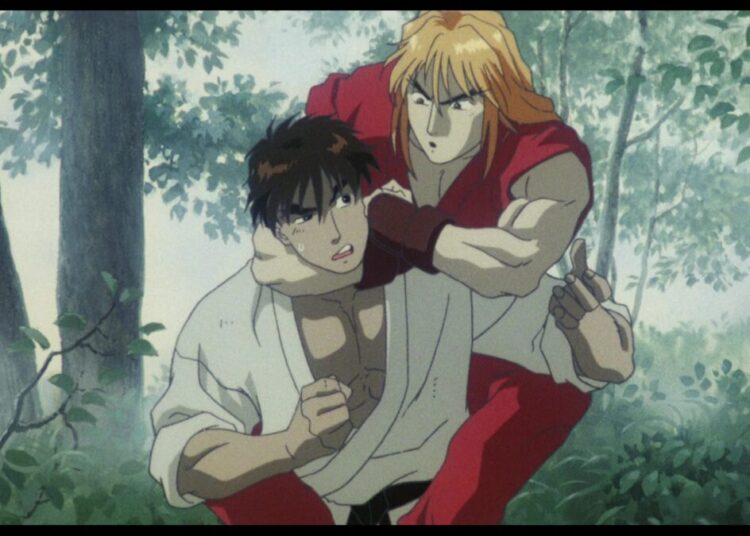The 1980s were a fascinating time for American Saturday morning cartoons, for better or worse. Among the biggest successes from that time is undoubtedly Voltron: Defender of the Universe (1984-85), which was a trailblazer in more ways than one. Beyond launching a vibrant merchandise-driven franchise, as seen recently with Voltron: Legendary Defender (2016-18), it’s also an anime mashup that’s better than you’d expect.
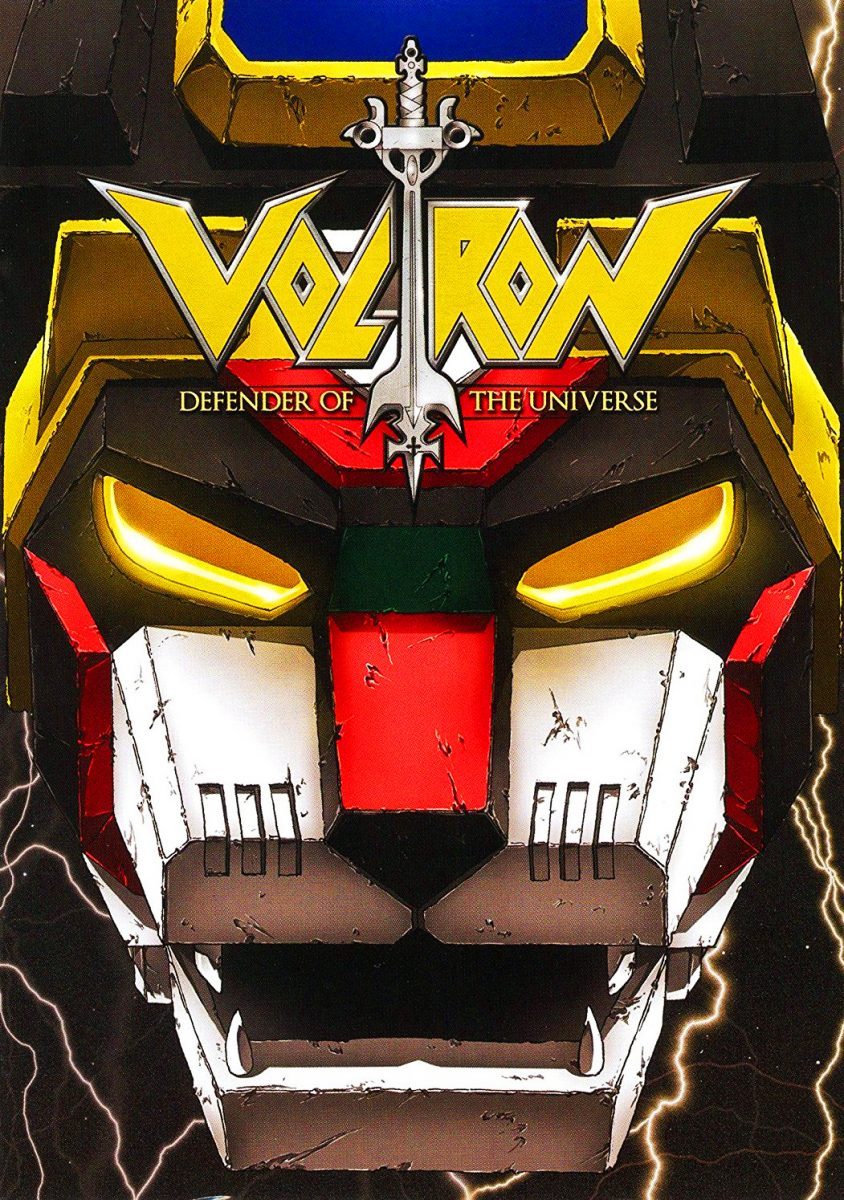
Produced by Ted Koplar and the late Peter Keefe of World Events Productions, the same company behind the less successful Saber Rider and the Star Sheriffs (1987-88), Voltron ostensibly adapted Toei Animation’s Hyakujuu-Ou GoLion (1981-82), and later on, Armored Fleet Dairugger XV (1982-83) for US audiences. The 72 “Lion Force” and 52 “Vehicle Force” episodes that comprised its run, including the hour-long Fleet of Doom crossover special (1986), featured heavily edited snippets from the anime in question, though later ones notably included commissioned material from the original studio.
Featuring Peter “Optimus Prime” Cullen’s iconic narration, Voltron wastes no time by enticing viewers with its ’80s super robot action. (Source: YouTube)
The end result is about as “faithful” to the source material as the infamous Joseph Lai hack jobs are to the Korean animation they used. Nonetheless, it proved to be a hit among American audiences, becoming the country’s top syndicated children’s show for the first two years of broadcast, and reaping huge profits through its toy lines. Not only was this exactly what the show’s producers wanted, but it also helped set a precedent for similar anime-derived work and for actual Japanese media gaining traction on western TV.
Yet looking back, does the series really live up to its reputation? Or is it just the nostalgia filter talking? With most episodes readily available on YouTube, nothing’s stopping you from finding out.
A Jumbled Space Epic
As narrated by Peter Cullen in the opening sequence, Voltron follows the heroic exploits of Earth’s finest space explorers. Led by Keith (Neil Ross, Giles Panton) for Lion Force, and headstrong Jeff (Neil Ross) for Vehicle Force, they’re specially trained by the Galaxy Alliance to keep the peace against the encroaching forces of the evil King Zarkon (Jack Angel) and Prince Lotor (Lennie Weinrib) of the Drule Empire. Together with Princess Allura (B.J. Ward), they’re also entrusted with the secrets of the legendary, transformable Defender of the Universe, which they pilot.
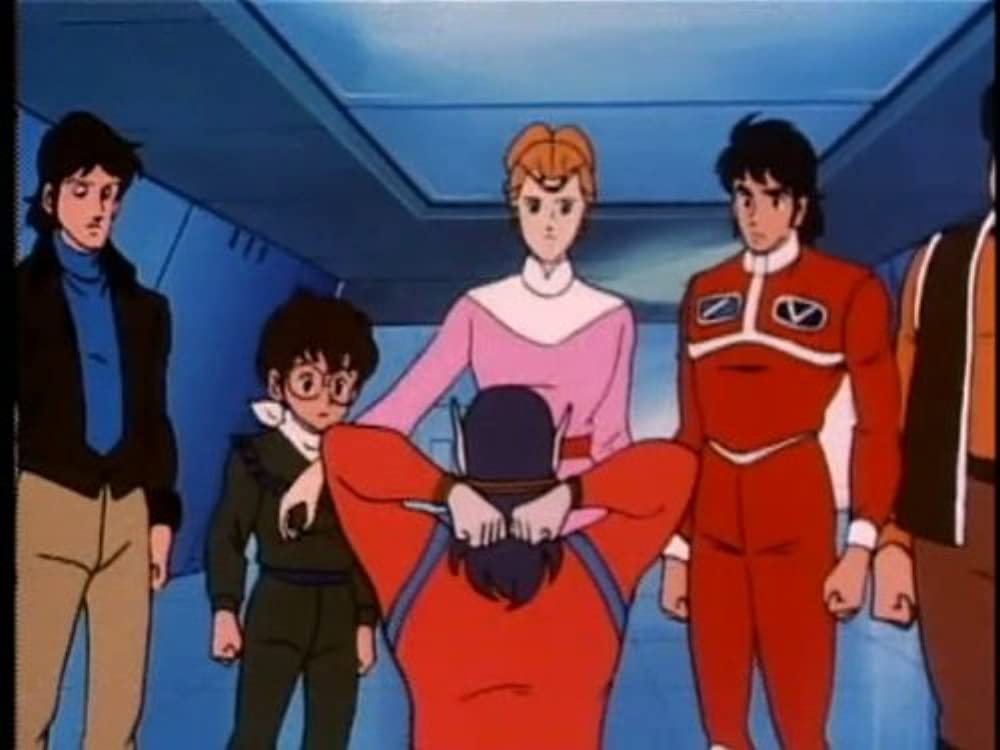
If there’s one thing about the cartoon that hasn’t aged well, it’d have to be in how there isn’t much of an overarching plot. While the initial four episodes introduce the main cast and build up to the titular mecha’s proper reveal, there’s little in the way of actual continuity. After a while, many of the one-shot storylines fall under an almost predictable routine: there’s always a “Robeast of the week” as part of the Drules’ latest scheme, that can be anything from an alien monster to an obviously mechanical battle station. This will invariably be defeated by the heroes, and thus the galaxy’s saved again. While there’s still more than enough variety in terms of setup, an average episode can feel like an excuse for the protagonists to fight, whether on foot, piloting the titular mech’s constituent units, or as one.
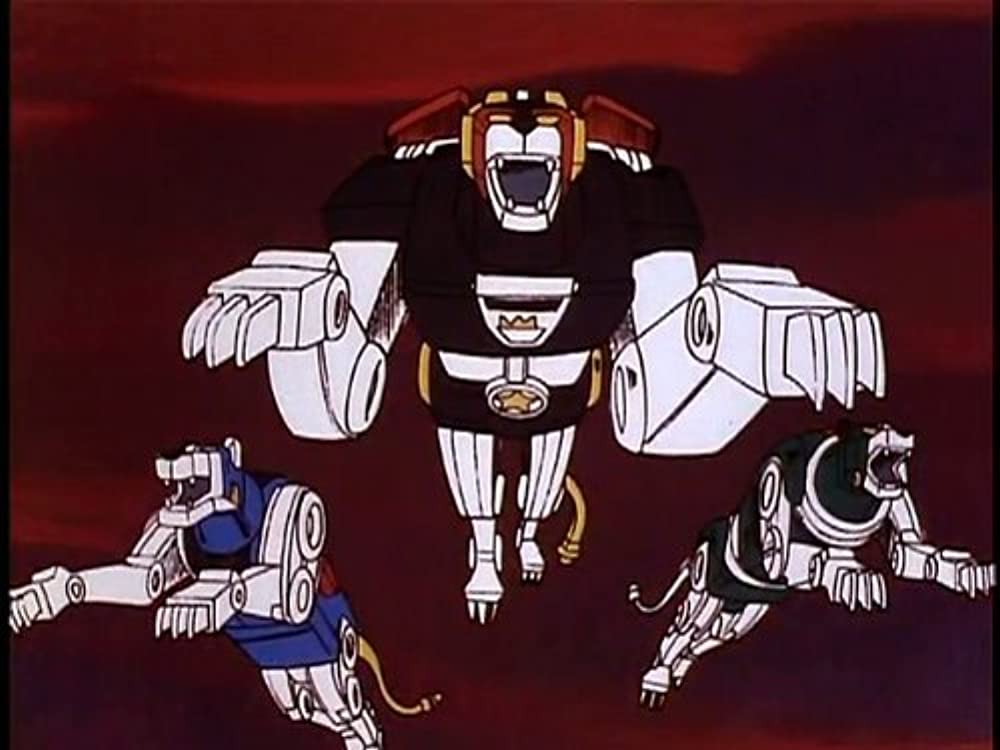
It’s also a consequence of the significant editing done to the Super Robot source material by the producers. Even if you put aside the inevitable issues of meshing two different anime together, with the Vehicle Force arcs having a contrasting “wagon train to the stars” tone, a lot of rewrites and sleight-of-hand were at play. The darker aspects (which included mass killings and torture) were thoroughly purged, and so were any cultural references that hinted at the show’s Japanese origins. One example can be found in how Blue Lion pilot Sven (Michael Bell) was not only named “Shiro” originally in GoLion, but also had his death in the latter clumsily retconned into being whisked away to a hospital planet. Though such changes were done to appease American network censors at the time, and as an attempt at being palatable for western audiences, it’s still a shame how much was lost in translation.
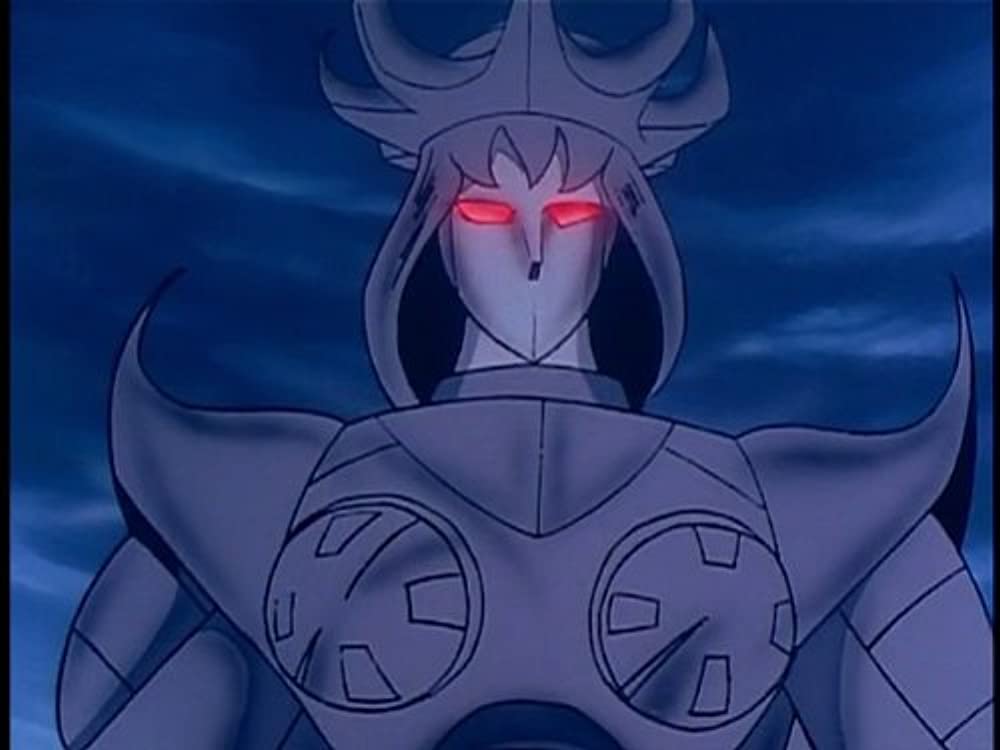
This isn’t to say that what’s there is bad. Seeing the Voltron Force saving the day in various ways doesn’t get old, while the different plots have that classic ‘80s charm to them in their mix of epic scale and cheesiness. The characters themselves – whether it’s the thinly-veiled love angle between Keith and Princess Allura, or Prince Lotor’s dark ambitions of becoming supreme overlord – are also interesting to watch as they go about their weekly battles. Yet it’s not for nothing that few really remember the cartoon for its actual content.
Legendary Spectacle
For all its flaws and issues, Voltron can’t be faulted for its visuals. It speaks volumes to Toei Animation’s handiwork that, even with the various edits and occasionally botched cuts, their work shines through. In addition to some detailed character designs, the backdrops are incredibly varied in their blend of historical and sci-fi motifs, not unlike both Star Wars and Star Trek in the eyes of ’80s children. Meanwhile, the titular mecha are a spectacle to watch, whether it is their transformation sequences, or when they deal the final blow to a hapless Robeast after a tense battle. It also helps that, unlike Saber Rider, the reworked and specially commissioned footage, especially in later episodes, comes off as original in their own way, rather than feel like a recycled hack job.
With a combination of bombastic music, vibrant performances, and some clever editing, the action found in Voltron is almost as good as the original anime it’s derived from. (Source: YouTube)
The audio design manages to translate the action and high energy of the original anime with bombastic flair. Composed by John Peterson, the soundtrack is suitably grandiose, its very ’80s mix of orchestral, rock and synth pieces blending well with the explosion and laser-laden sound effects. Though the voice-acting, by comparison, can vary from campy to somewhat stilted, you could tell that they’re giving their all, to say nothing of Peter Cullen’s famous opening narration. Combined, these succeed in delivering the sense of heroic adventure and wonder that many still fondly remember the show for.
Voltron‘s legacy is such that it’s been referenced and parodied in American animation even into the 21st Century, notably with Megas XLR (2004-05). (Source: YouTube)
Unsurprisingly, Voltron proved to be a hit. While World Events Production would attempt (and struggle) to have lightning strike twice with later IPs, the cartoon itself has spawned myriad merchandise, comics, a 2011 video game, and various follow-ups. Though shows like Transformers (1984-87) tend to be credited for helping pave the way for anime to gain traction on Western networks towards the ‘90s, the Defender of the Universe has undoubtedly left a lasting legacy of its own in shaping how Americans view transforming giant robot action.
Even to this day, warts and all, this anime mashup manages to remain a must-watch, regardless of nostalgic value. Despite the changes made, the producers succeeded beyond their wildest dreams. You’d be remiss to miss this legend.


